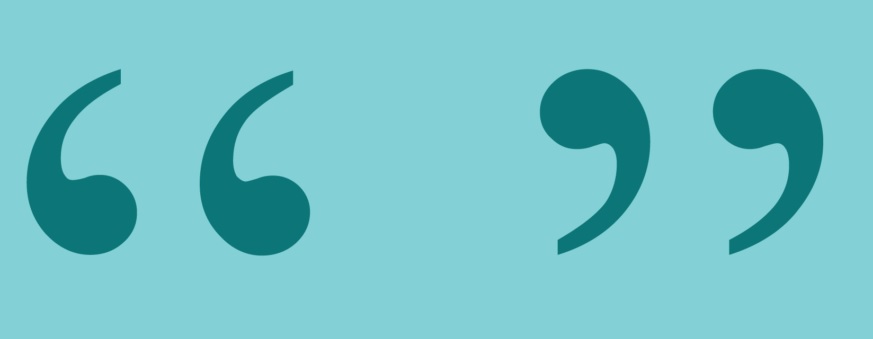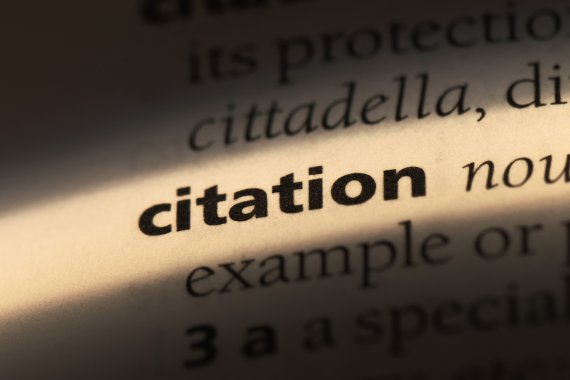© Shutterstock
The method is geared to tracking down the ‘pushing’ of references. This is when reviewers of scientific articles insist on authors referring to their work. These added citations are out of order as they are superfluous. But they do boost reviewers’ citation scores and therefore their status. WUR encountered a case like this two years ago. Thanks to WUR, citation fraud has since been included in the Dutch Universities Association VSNU’s Code of Conduct for Research Integrity. Elsevier, the biggest publisher in the scientific world, took up the cudgels to tackle citation fraud, working with information specialists and WUR scientists to design a method of tracking down suspect self-citations.
433 suspects
Elsevier’s data analysts scrutinized over 69,000 scientists who publish themselves and also regularly review articles in the publisher’s journals. A small proportion of them (433 reviewers) were suspect. At least half of the additional citations they proposed referred to their own work. This puts them in the danger zone. One of the 433 suspects is a Dutch academic, says Professor Jan-Willem van Groenigen, who is closely involved in the study. Van Groenigen is editor of the Elsevier journal Geoderma. He points out emphatically that referring to your own work is not wrong by definition. ‘Hopefully, reviewers are experts in the field the article is about. Sometimes it is obviously relevant to cite your own work.’
First step
But there was probably a bit more to it in the case of the 433 suspect reviewers. The editors of the journals in question have been informed. ‘They have to find out whether there’s anything wrong with a particular citation pattern. That has to be done by a human being. An algorithm cannot determine whether someone has suggested references with the best of intentions.’ His own journal was not involved.
Van Groenigen sees the method as ‘a nice first step’. ‘But as an editor, you don’t want things to get that far, you want to be able to intervene during the review process. For that you need tools. In practice, it seems as though editors cannot detect this kind of fraud very easily. A lot of them are not alert to it. And the pattern is not always obvious straightaway. What is more, there is more than one kind of citation fraud. You could also unjustifiably push articles by your colleagues or from journals that you edit. That is a lot more difficult to tackle. That is what makes collaboration between the big publishers necessary.’




